Home>Gardening & Outdoor>Garden Tools & Equipment>How To Tell If A Lawnmower Spark Plug Is Bad
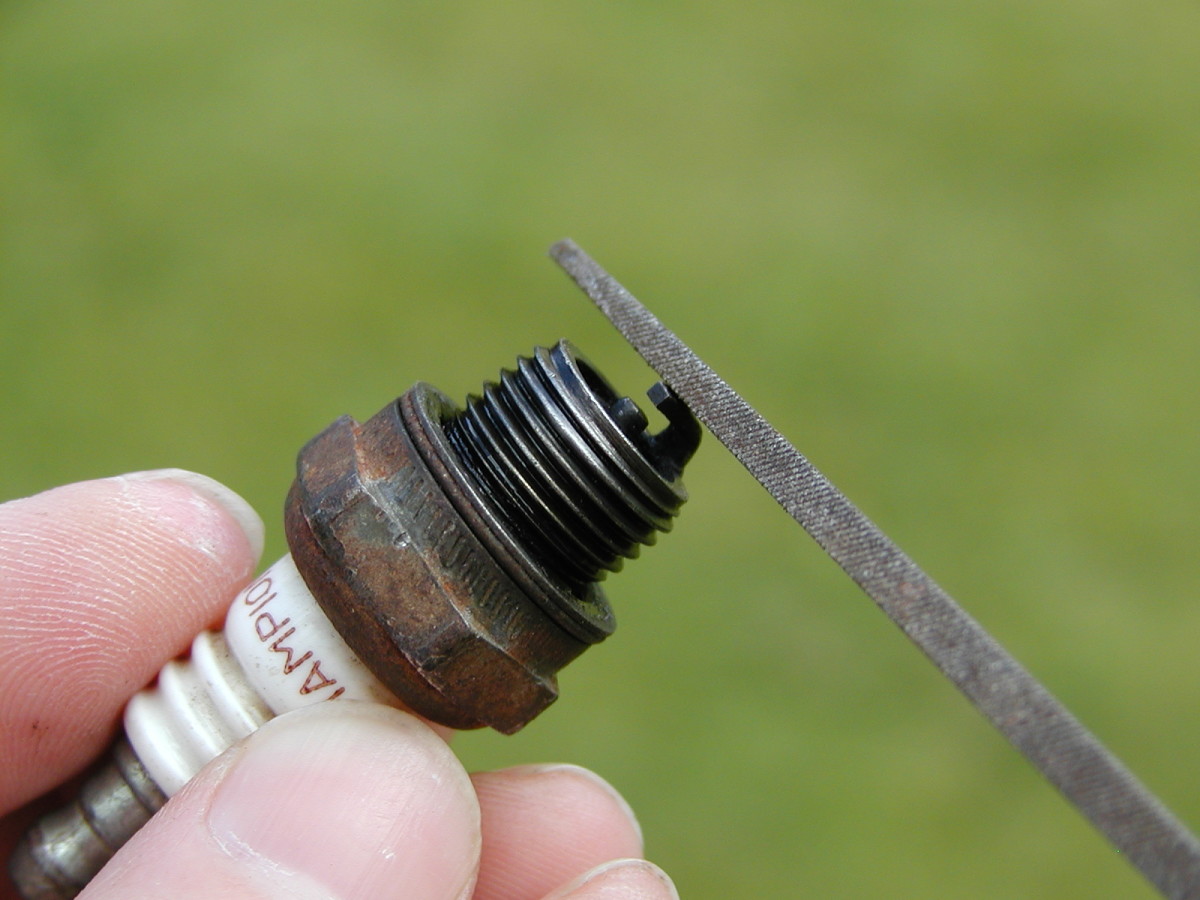

Garden Tools & Equipment
How To Tell If A Lawnmower Spark Plug Is Bad
Modified: February 27, 2024
Learn how to identify a faulty lawnmower spark plug with our comprehensive guide. Keep your garden tools and equipment in top condition.
(Many of the links in this article redirect to a specific reviewed product. Your purchase of these products through affiliate links helps to generate commission for Storables.com, at no extra cost. Learn more)
Introduction
When it comes to maintaining a healthy and vibrant lawn, a lawnmower is an indispensable tool. Whether it's a push mower, riding mower, or electric mower, the spark plug is a crucial component that ensures your lawnmower runs smoothly. Understanding the signs of a faulty spark plug and knowing how to inspect and replace it when necessary can save you time, money, and frustration. In this guide, we'll delve into the function of a lawnmower spark plug, explore the telltale signs of a bad spark plug, and provide step-by-step instructions for inspecting and replacing this vital part. By the end of this article, you'll be equipped with the knowledge and confidence to keep your lawnmower in top condition, ensuring a well-groomed and healthy lawn all season long.
Key Takeaways:
- Regularly inspect and replace your lawnmower’s spark plug to keep it running smoothly and efficiently, ensuring a well-groomed and healthy lawn all season long.
- Signs of a bad lawnmower spark plug include difficulty starting, uneven running, decreased power, poor fuel economy, excessive exhaust emissions, and engine stalling. Promptly addressing these signs can restore your lawnmower’s performance.
Read more: How To Remove A Spark Plug From A Lawnmower
Understanding the Function of a Lawnmower Spark Plug
Before delving into the signs of a bad lawnmower spark plug, it’s essential to understand its function. The spark plug plays a pivotal role in the combustion process of a lawnmower engine. It is responsible for igniting the air-fuel mixture within the engine’s cylinder, initiating the power stroke that propels the mower’s blades and allows it to perform its cutting action. A properly functioning spark plug ensures efficient fuel combustion, optimal engine performance, and smooth operation of the lawnmower.
As the lawnmower’s engine operates, the spark plug continuously generates an electrical spark across the spark plug gap. This spark ignites the compressed air-fuel mixture, creating the controlled explosion necessary to drive the piston downward and power the lawnmower’s engine. Given the critical role it plays, a well-maintained spark plug is vital for the overall performance and longevity of the lawnmower.
Understanding the significance of the spark plug’s function underscores the importance of regular inspection and maintenance. Over time, spark plugs can become fouled, worn, or damaged, leading to a decline in engine efficiency and overall performance. By staying attuned to the signs of a faulty spark plug, you can promptly address any issues and keep your lawnmower running at its best.
Signs of a Bad Lawnmower Spark Plug
Recognizing the signs of a bad lawnmower spark plug is essential for maintaining the optimal performance of your equipment. Here are the key indicators that may signal a faulty spark plug:
- Difficulty Starting: If your lawnmower is struggling to start or requires multiple attempts before the engine ignites, it could be a sign of a worn or fouled spark plug. A weak spark or inadequate ignition can hinder the starting process, leading to frustration and inconvenience.
- Uneven Running: A lawnmower with a bad spark plug may exhibit uneven running or idling. You may notice erratic engine behavior, including sputtering, misfiring, or intermittent power surges. These irregularities can disrupt the mower’s performance and compromise the quality of the lawn cut.
- Decreased Power: A decline in engine power and overall performance can be attributed to a faulty spark plug. If your lawnmower struggles to maintain consistent power output, especially under load or when tackling thick grass, the spark plug may be a contributing factor.
- Poor Fuel Economy: A bad spark plug can lead to inefficient fuel combustion, resulting in decreased fuel economy. If you find that your lawnmower is consuming more fuel than usual or experiencing a drop in mileage, it’s worth inspecting the spark plug as part of the troubleshooting process.
- Excessive Exhaust Emissions: An ailing spark plug can contribute to increased exhaust emissions, including visible smoke or a strong odor of unburned fuel. If your lawnmower’s exhaust appears unusually smoky or emits a pungent smell, the spark plug’s condition should be evaluated.
- Engine Stalling: A worn or malfunctioning spark plug can lead to unexpected engine stalling or shutdown during operation. If your lawnmower consistently stalls or abruptly ceases to run, it’s prudent to investigate the spark plug as a potential culprit.
By remaining attentive to these signs, you can promptly identify and address a bad spark plug, thereby restoring your lawnmower’s performance and ensuring a seamless mowing experience.
Regularly inspect the spark plug for signs of wear, such as black deposits or a damaged electrode. If you notice any issues, it’s time to replace the spark plug.
How to Inspect a Lawnmower Spark Plug
Inspecting a lawnmower spark plug is a straightforward yet crucial aspect of routine maintenance. By following these steps, you can assess the condition of the spark plug and determine whether it requires cleaning, adjustment, or replacement:
- Prepare the Mower: Before inspecting the spark plug, ensure that the lawnmower is turned off and the engine has had sufficient time to cool down. Disconnect the spark plug wire to prevent accidental ignition during the inspection process.
- Locate the Spark Plug: Identify the spark plug’s location on the lawnmower. It is typically situated at the top of the engine, connected to a thick wire that leads to the ignition system.
- Remove the Spark Plug: Using a spark plug socket wrench, carefully loosen and remove the spark plug from the engine. Exercise caution to avoid damaging the delicate threads and electrode.
- Inspect the Spark Plug: With the spark plug removed, visually assess its condition. Look for signs of fouling, such as carbon deposits, oil accumulation, or excessive wear on the electrode and insulator. Additionally, check the spark plug gap to ensure it falls within the manufacturer’s specified range.
- Clean or Replace: If the spark plug exhibits heavy fouling, damage, or excessive wear, it is advisable to replace it with a new, compatible spark plug. Alternatively, if the spark plug shows minor deposits or buildup, it can be carefully cleaned using a wire brush or spark plug cleaner to restore its functionality.
- Check Electrode Gap: Using a feeler gauge, verify that the spark plug’s electrode gap meets the recommended gap specified by the lawnmower’s manufacturer. Adjust the gap if necessary to ensure optimal ignition performance.
- Reinstall the Spark Plug: Once the inspection, cleaning, or replacement is complete, carefully reinstall the spark plug into the engine by hand, ensuring that it is securely seated. Use the spark plug socket wrench to tighten it to the manufacturer’s specified torque.
- Reconnect the Spark Plug Wire: With the spark plug securely in place, reconnect the spark plug wire to the plug, ensuring a snug and secure connection.
By diligently following these inspection steps, you can effectively evaluate the condition of the lawnmower’s spark plug and take appropriate measures to maintain or restore its optimal functionality. Regular spark plug inspection is a proactive approach to preserving the performance and reliability of your lawnmower.
Steps to Replace a Bad Lawnmower Spark Plug
When a lawnmower spark plug shows significant wear, fouling, or other signs of deterioration, it’s imperative to replace it promptly to ensure the continued efficiency and performance of the engine. Follow these step-by-step instructions to safely and effectively replace a bad lawnmower spark plug:
- Prepare the Mower: Begin by turning off the lawnmower engine and allowing it to cool down. Disconnect the spark plug wire to prevent accidental ignition during the replacement process.
- Locate the Spark Plug: Identify the spark plug’s position on the lawnmower engine. Depending on the model, it may be situated at the top or side of the engine, connected to the ignition system via a thick wire.
- Remove the Old Spark Plug: Using a spark plug socket wrench, carefully loosen and remove the old spark plug from the engine. Take care to avoid damaging the threads and electrode during removal.
- Select a Replacement Spark Plug: Choose a compatible replacement spark plug recommended by the lawnmower’s manufacturer or specified in the owner’s manual. Ensure that the new spark plug’s specifications, including heat range and thread size, align with the original part.
- Prepare the New Spark Plug: Prior to installation, inspect the new spark plug to confirm that the electrode gap matches the manufacturer’s specifications. If adjustments are needed, use a gapping tool to carefully modify the gap to the recommended distance.
- Install the New Spark Plug: Carefully thread the new spark plug into the engine by hand, ensuring that it is seated properly. Use the spark plug socket wrench to tighten the spark plug to the manufacturer’s specified torque, taking care not to overtighten.
- Reconnect the Spark Plug Wire: Once the new spark plug is securely in place, reconnect the spark plug wire to the plug, ensuring a snug and secure connection.
- Test the Mower: With the new spark plug installed, start the lawnmower and allow it to run for a few minutes to ensure that the engine operates smoothly and consistently. Observe the mower’s performance to confirm that the new spark plug has restored optimal functionality.
By following these steps, you can effectively replace a bad lawnmower spark plug, contributing to the sustained reliability and performance of your equipment. Regularly monitoring and replacing spark plugs as needed is a proactive measure that promotes the longevity and efficiency of your lawnmower.
Read more: How To Check If A Lawnmower Has Spark
Conclusion
Understanding the critical role of a lawnmower spark plug and recognizing the signs of a faulty spark plug are essential for maintaining the optimal performance of your equipment. By being attuned to the indicators of a bad spark plug and knowing how to inspect and replace it when necessary, you can ensure that your lawnmower operates reliably and efficiently, resulting in a well-groomed and healthy lawn.
Regular inspection and maintenance of the spark plug are pivotal in preserving the overall functionality and longevity of your lawnmower. By following the outlined steps for inspection and replacement, you can proactively address any issues related to the spark plug, thereby preventing potential performance setbacks and avoiding costly repairs down the road.
As a responsible lawnmower owner, integrating spark plug care into your routine maintenance regimen will contribute to a seamless mowing experience and the sustained health and beauty of your lawn. By staying vigilant and responsive to the condition of the spark plug, you can enjoy the rewards of a well-maintained lawnmower and a lush, manicured lawn throughout the mowing season.
Empowered with the knowledge and insights provided in this guide, you are well-equipped to uphold the performance and reliability of your lawnmower, ensuring that it remains a steadfast ally in cultivating and nurturing your outdoor space.
Frequently Asked Questions about How To Tell If A Lawnmower Spark Plug Is Bad
Was this page helpful?
At Storables.com, we guarantee accurate and reliable information. Our content, validated by Expert Board Contributors, is crafted following stringent Editorial Policies. We're committed to providing you with well-researched, expert-backed insights for all your informational needs.


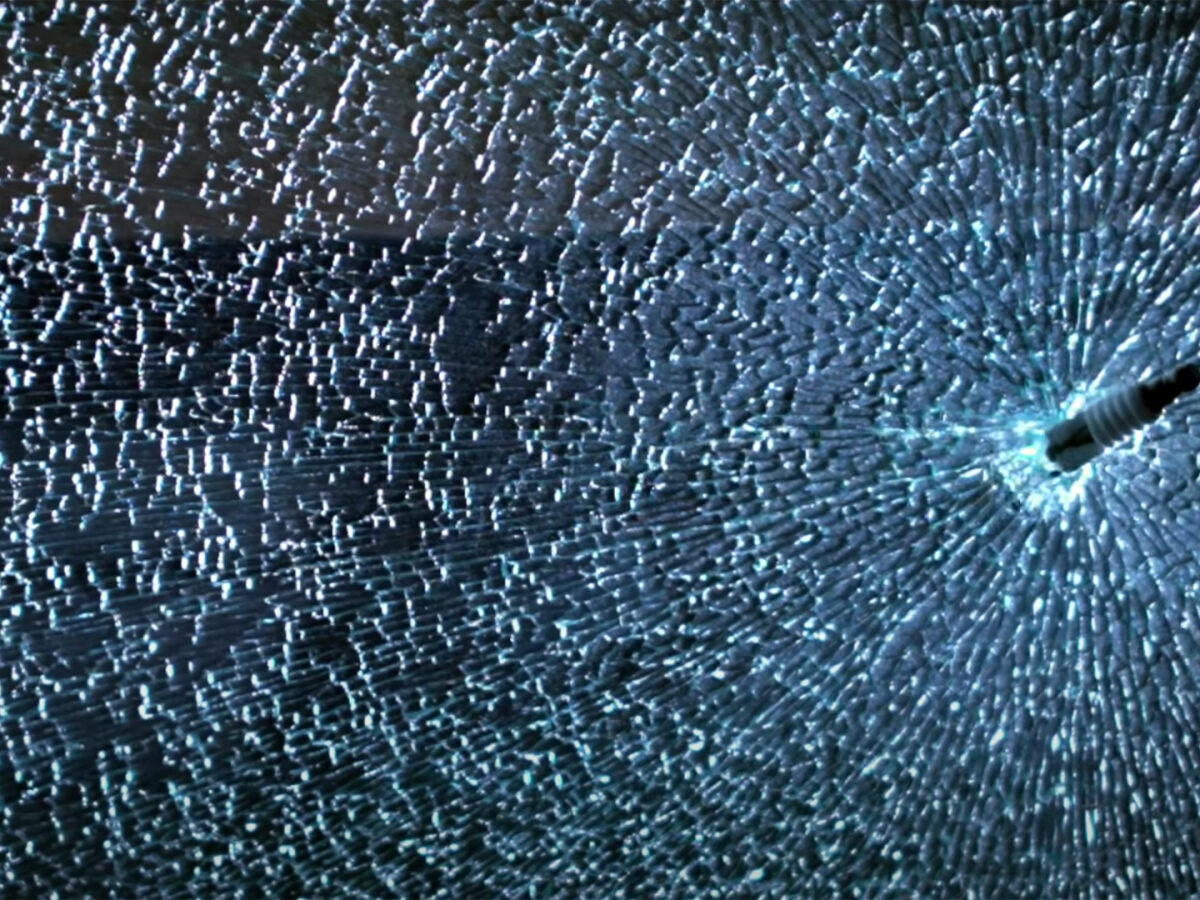

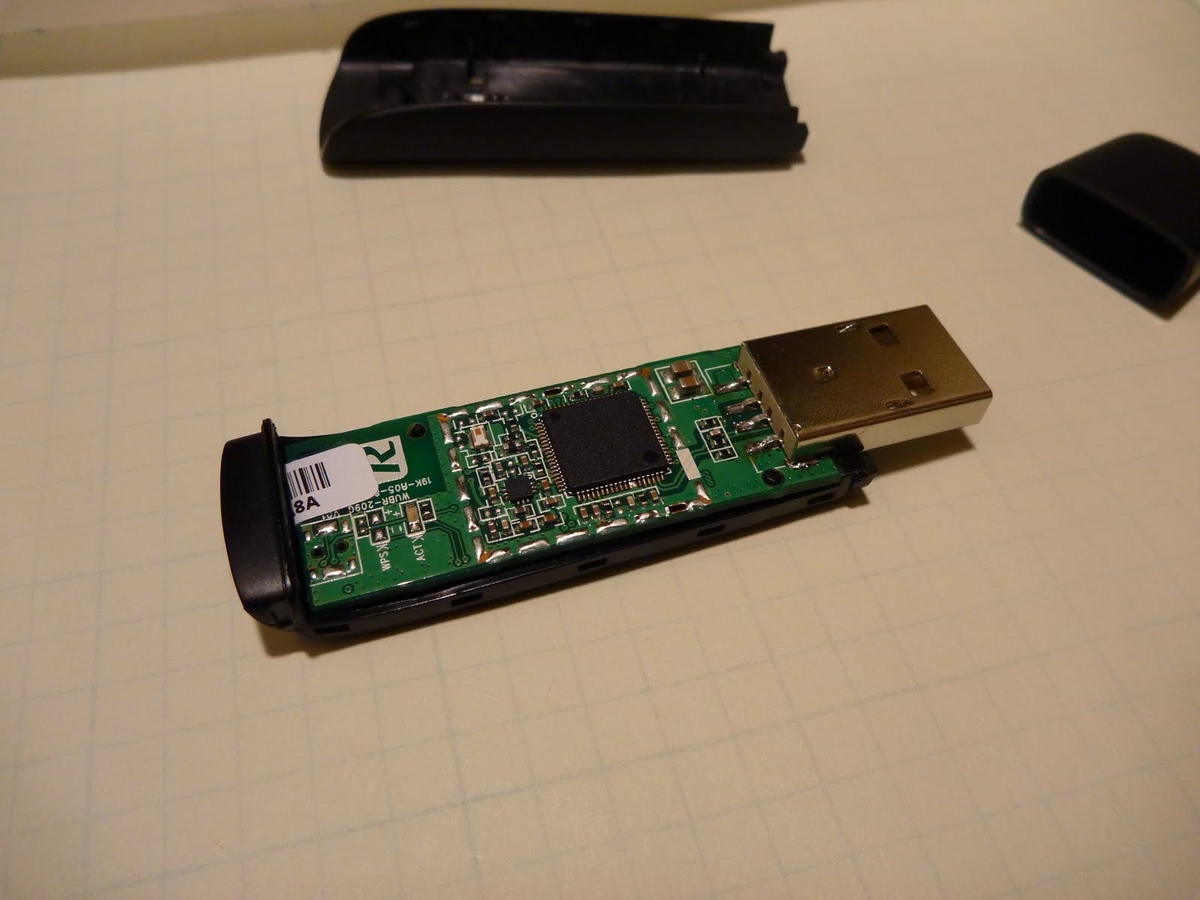
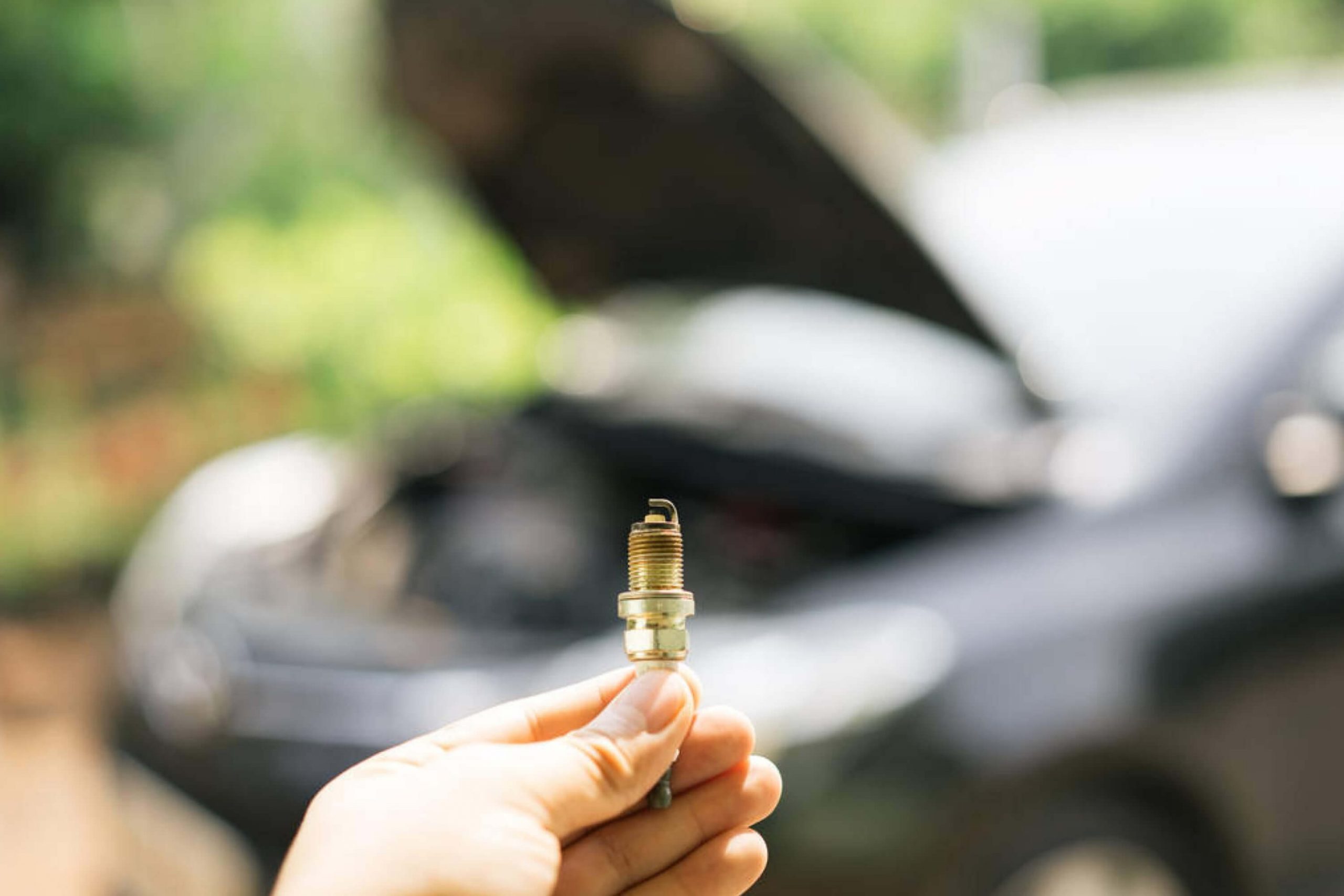
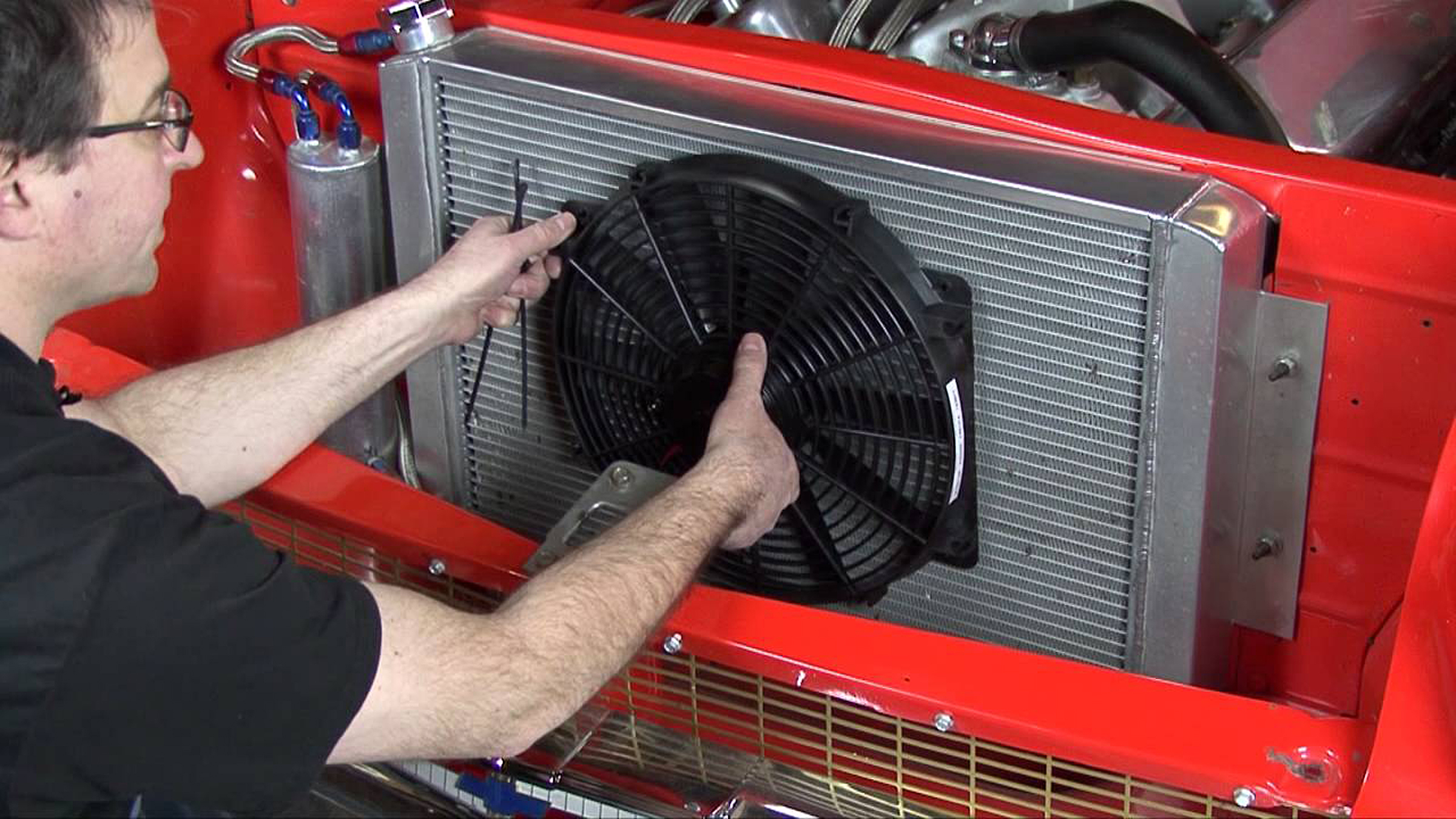

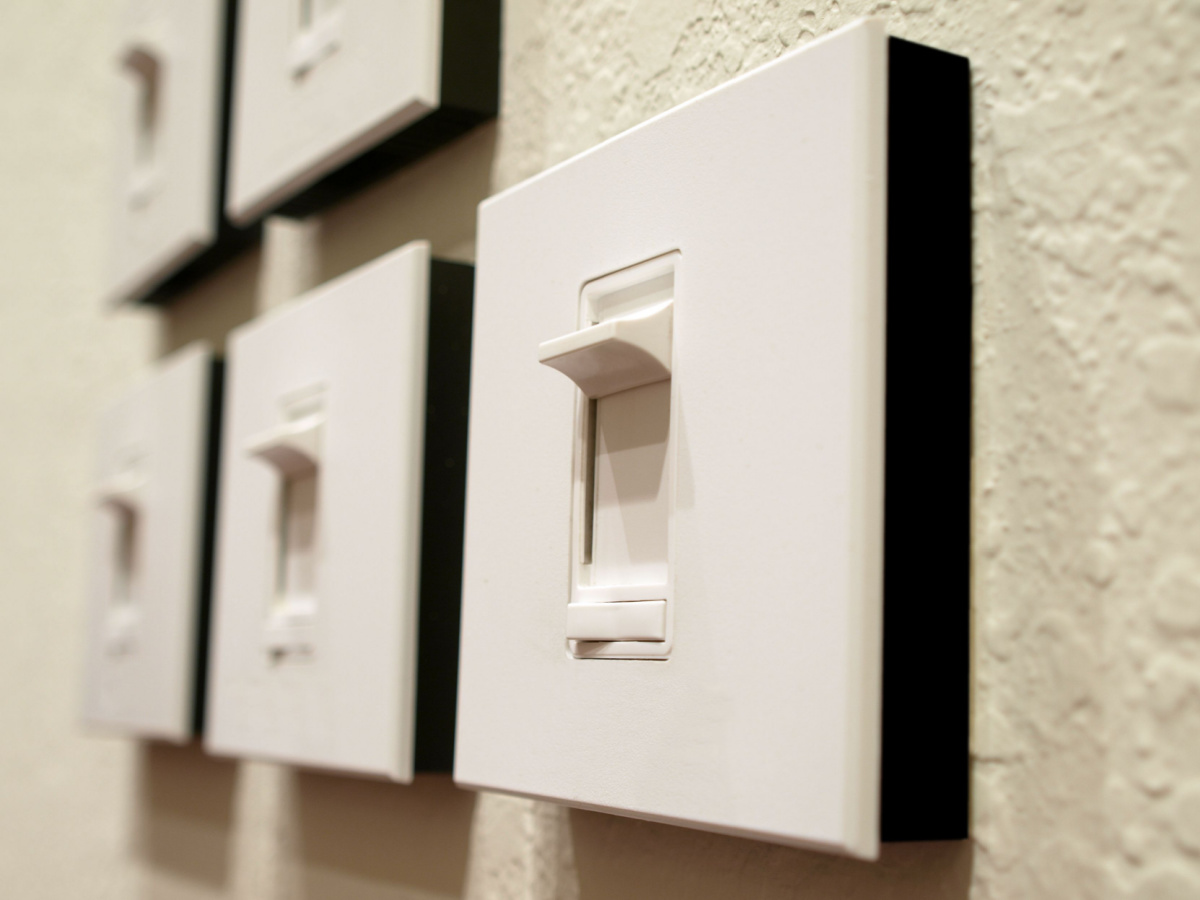
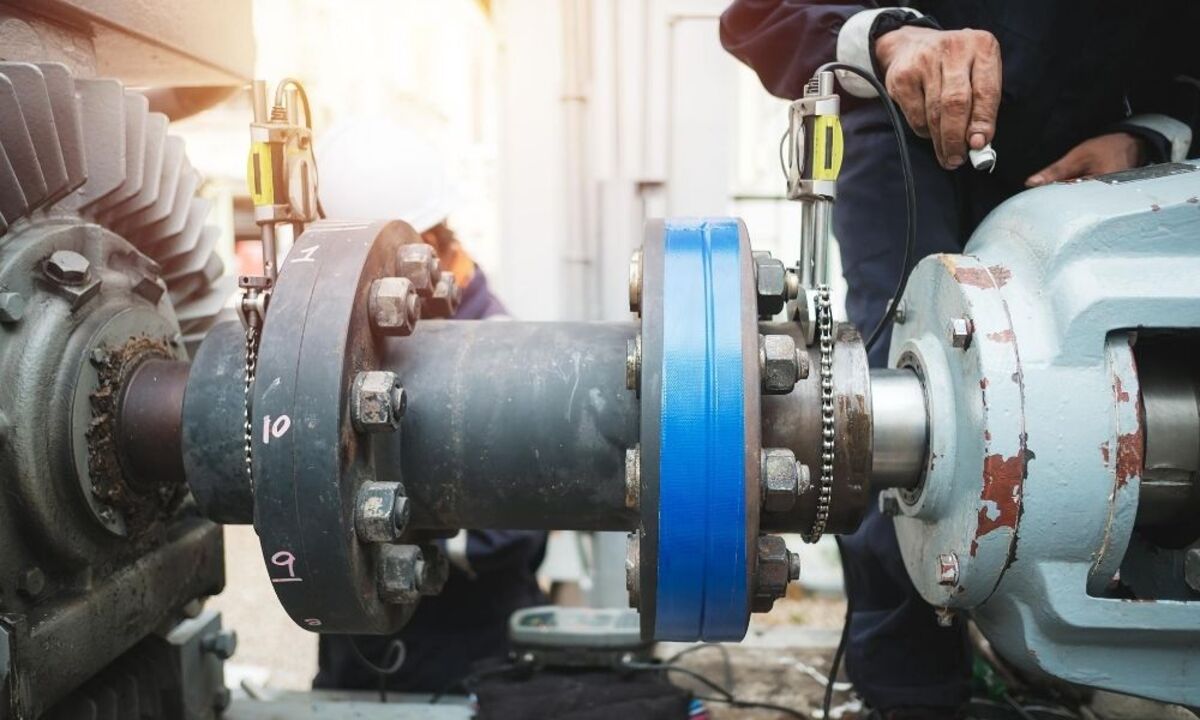
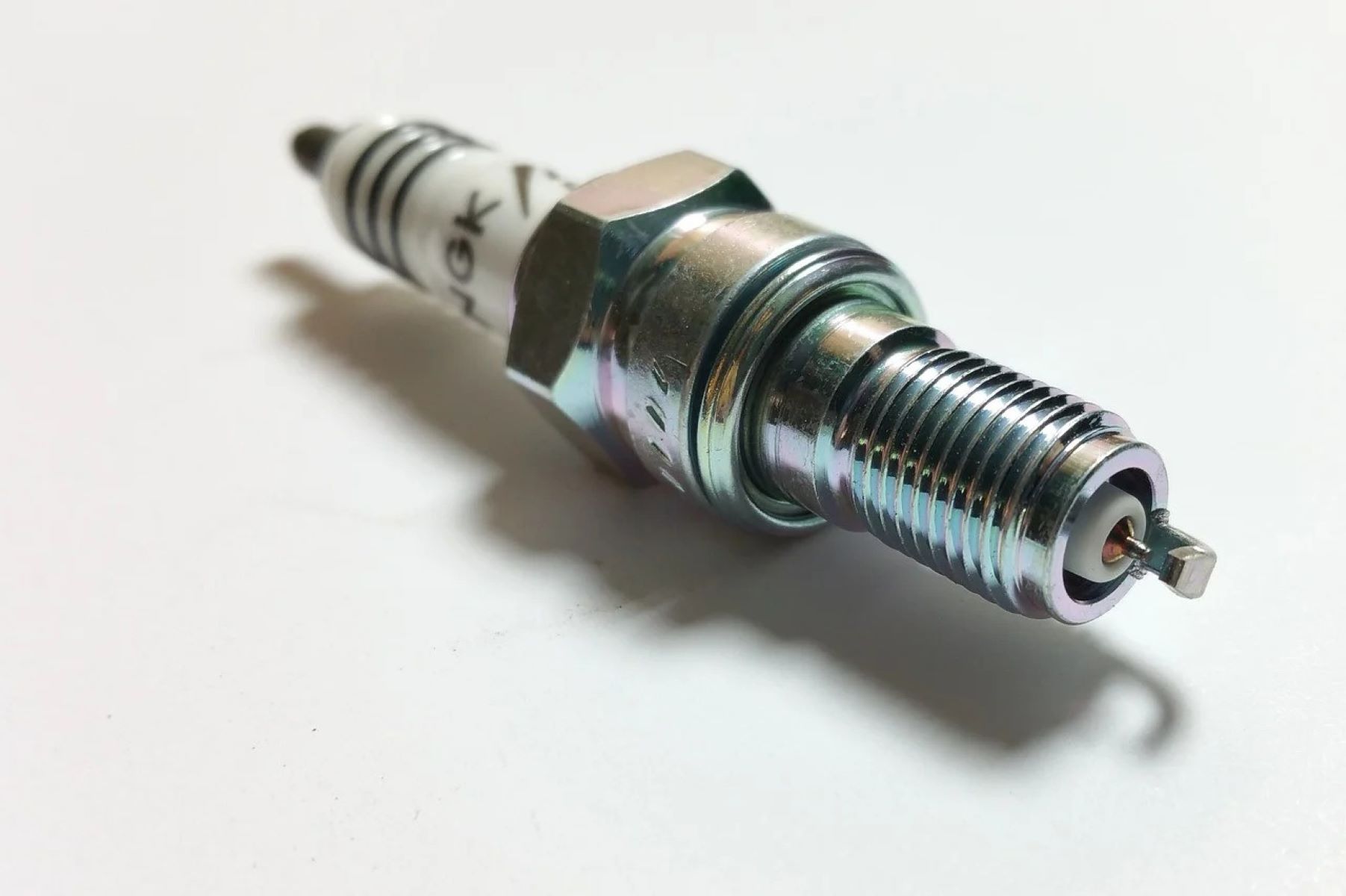
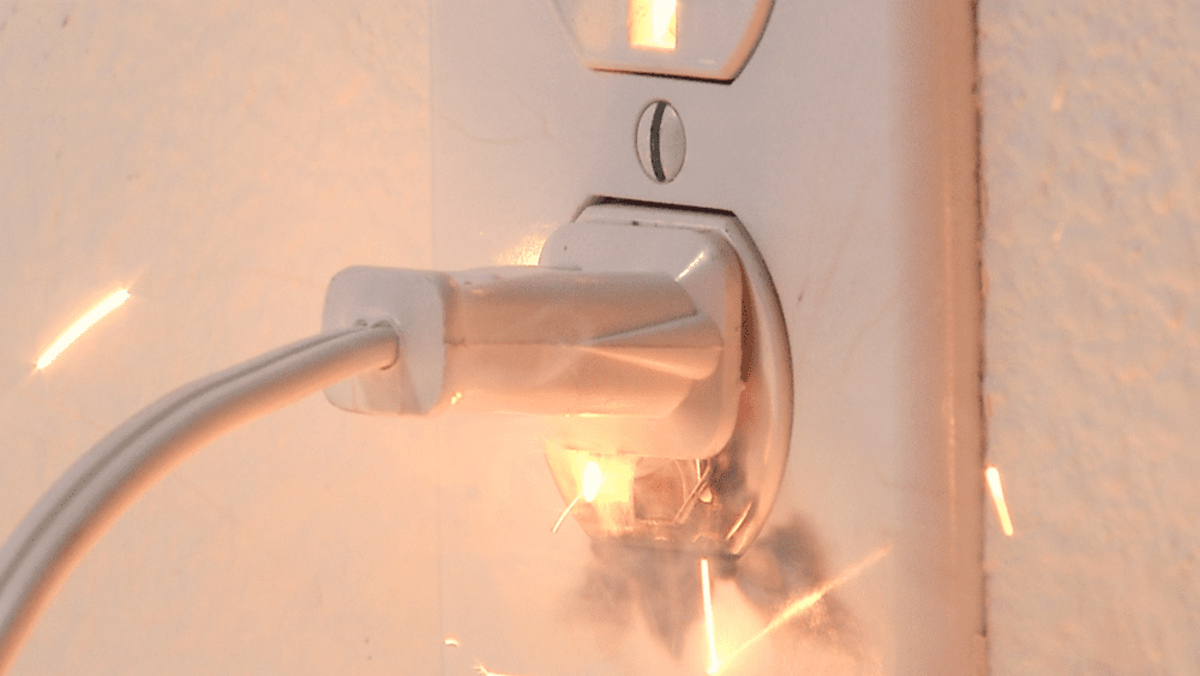
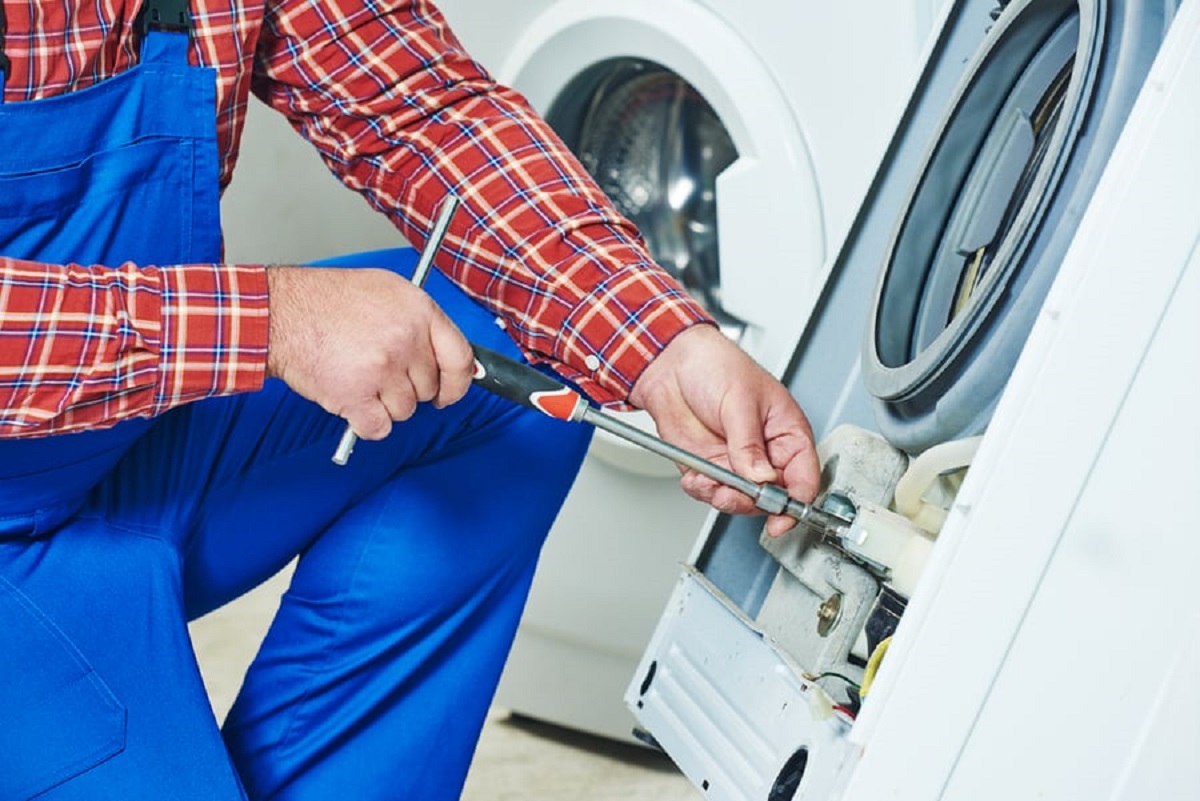


0 thoughts on “How To Tell If A Lawnmower Spark Plug Is Bad”